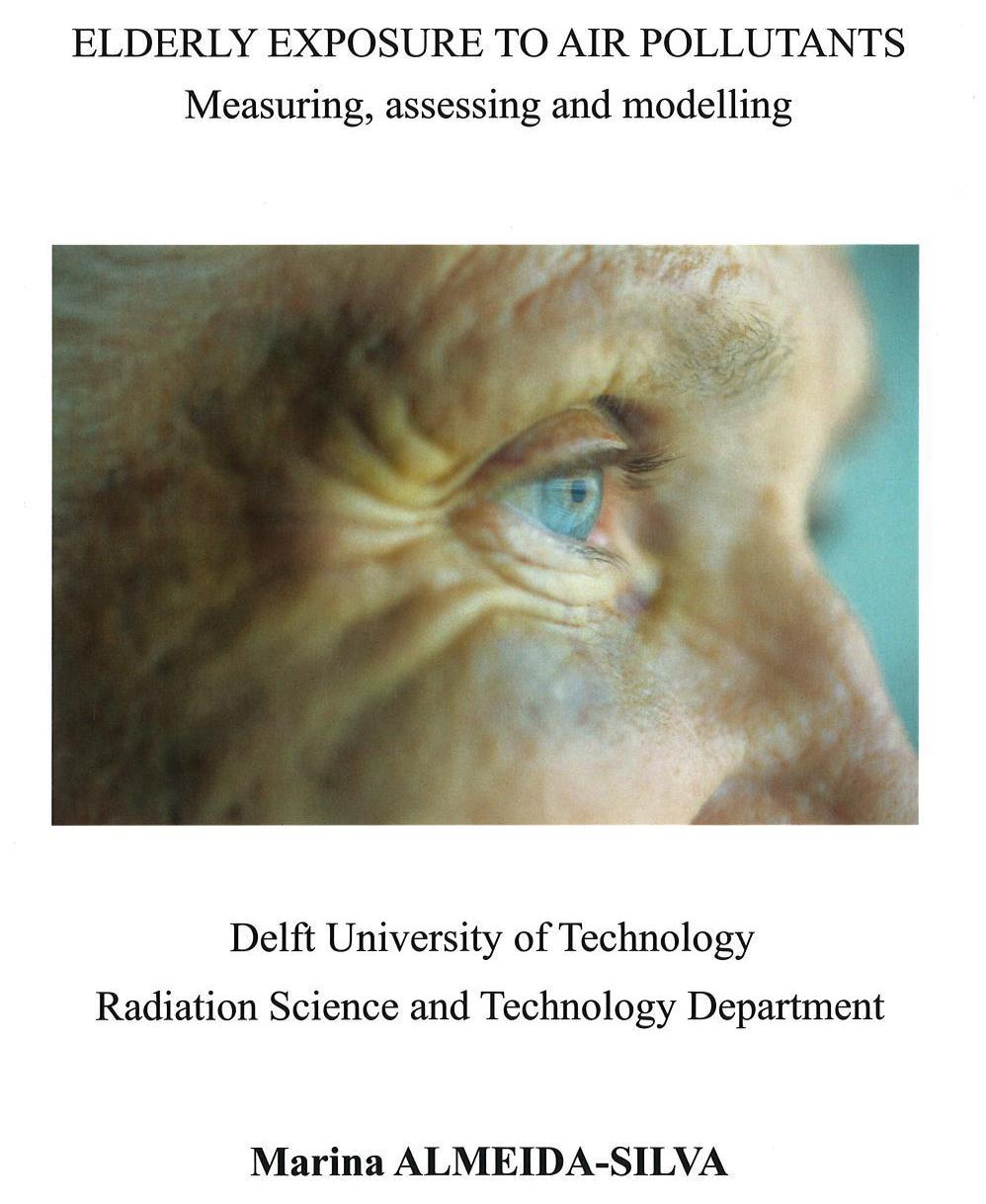Foi publicado o livro “Elderly Exposure to Air Pollutants: measuring, assessing and modelling” da autoria de Marina Silva, licenciada em Saúde Ambiental pela Escola Superior de Tecnologia da Saúde de Lisboa (ESTeSL).
Este livro, que resulta da sua tese de doutoramento, tem em conta o estudo da exposição humana a poluentes ambientais com relevância na exposição que ocorre em equipamentos residenciais para pessoas idosas.
This Thesis focuses on the estimation of the human exposure to air pollutants, and gives special attention to one of the most susceptible groups in the general population – elders. To fulfil the goal the work was conducted following the risk assessment paradigm and, consequently, was divided into 5 tasks: 1) characterization of the indoor air quality in (selected) Elderly Care Centers, thereby evaluating an mixture of indoor physical, chemical and biological pollutants; 2) assessment of the daily integrated exposure and inhaled dose; 3) determination of the personal daily exposure; 4) modelled estimation of the particulate matter (PM) deposited dose in the respiratory tract; 5) source apportionment of indoor PM in an Elderly Care Center.
For this thesis was important to better understand the elderly life occupancy pattern: 95% of their time was spent indoors, splitted between bedroom and living-room.
Chapter 2 describes the characteristics of ten selected Elderly Care Centers and its 384 institutionalized elders, located in Lisbon and Loures, Portugal. Some problematic pollutants were identified, such as carbon dioxide, volatile organic compound and particles. Taking PM into account the highest impact period of the day was associated with the elders getting out of bed in the morning and with the people movement at specific periods, such as breakfast and lunch time, in bedrooms and living-rooms, respectively: temporal concentration patterns allowed the identification of hot-spots or problematic periods of the day. Chemical characterization permitted the identification of indoor and outdoor emission sources, and permitted the set-up of mitigation actions to reduce their emissions. The results showed that, although elders may live in the same area, their exposure and inhaled doses can differ significantly. Moreover, the data also showed that an accurate measurement of integrated exposure is essential to provide an adequate evaluation of the particles dose-response relation. The outcomes were important i) to understand the critical areas inside the residences, ii) to identify the microenvironments with highest impact on elderly exposure and dose and iii) also to recognise the importance of the geographical localization of Elderly Care Centers.
In Chapter 3 PM exposure and dose were calculated for autonomous and institutionalized elders. Autonomous elders carried on a real-time PM monitor during four 24 h measuring campaigns and fulfilled an activity diary, simultaneously. Subsequently, the PM deposited dose was assessed using a computational model that estimates transport and deposition of particles into the human respiratory tract. In general, the deposition fraction was higher in males than in females for the same activity level and increased with activity level. The results were important to understand the relevant areas inside the residences where elders are most exposed, to suggest effective mitigation strategies, and thus to reduce PM exposure and adverse health effects to this very sensitive age group.
Chapter 4 presents the results of the indoor PM source apportionment study ‘in a selected Elderly Care Center. To this end, two 2-weeks sampling campaigns were conducted to collect PM10. The elemental composition, ions, and the organic and elemental carbon were determined in order to identify emission sources. Outdoor PM10 concentrations were significantly higher during day-time than at night (p-value <0.05), as well as Ca-2, Fe, Sb and Zn. Both indoor and outdoor PM10 averaged concentrations did not exceed existing guidelines and there were no significantly differences between seasons. The contribution of indoor and outdoor sources was assessed by Principal Component Analysis and showed the importance of the highways and the airport located less than 500 m of the Elderly Care Center.Related item: doi:10.4233/uuid:06e44124-c5d2-4c06-b8c1-4cfc99ed2c55




